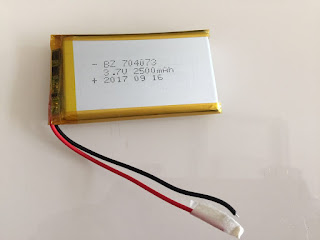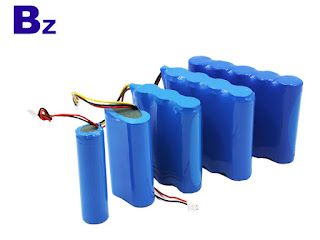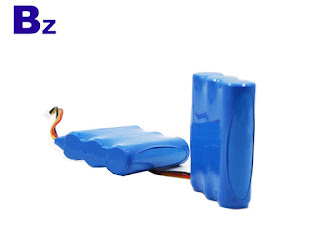고급 리튬 이온 및 금속 공기 배터리 Posted by batterymanufactory.com
University of Central Florida Assistant Professor Yang Yang's research group has developed two promising energy storage technologies in its work with sustainable energy systems. Yang sees revolutionary systems that can produce and store energy inexpensively and efficiently as a potential solution to energy and environmental crises. "We try to convert solar energy either to electricity or chemical fuels. We also try to convert chemical fuels to electricity. So, we do different things, but all of them are related to energy," said Yang, who came to UCF in 2015 and has joint appointments in the NanoScience Technology Center and the Department of Materials Science and Engineering. One of the researchers' technologies would upgrade the lithium-based batteries that are ubiquitous in today's laptops, smartphones, portable electronics and electric vehicles. The other offers a safer, more stable alternative than lithium batteries. Electrode For High-Pe



